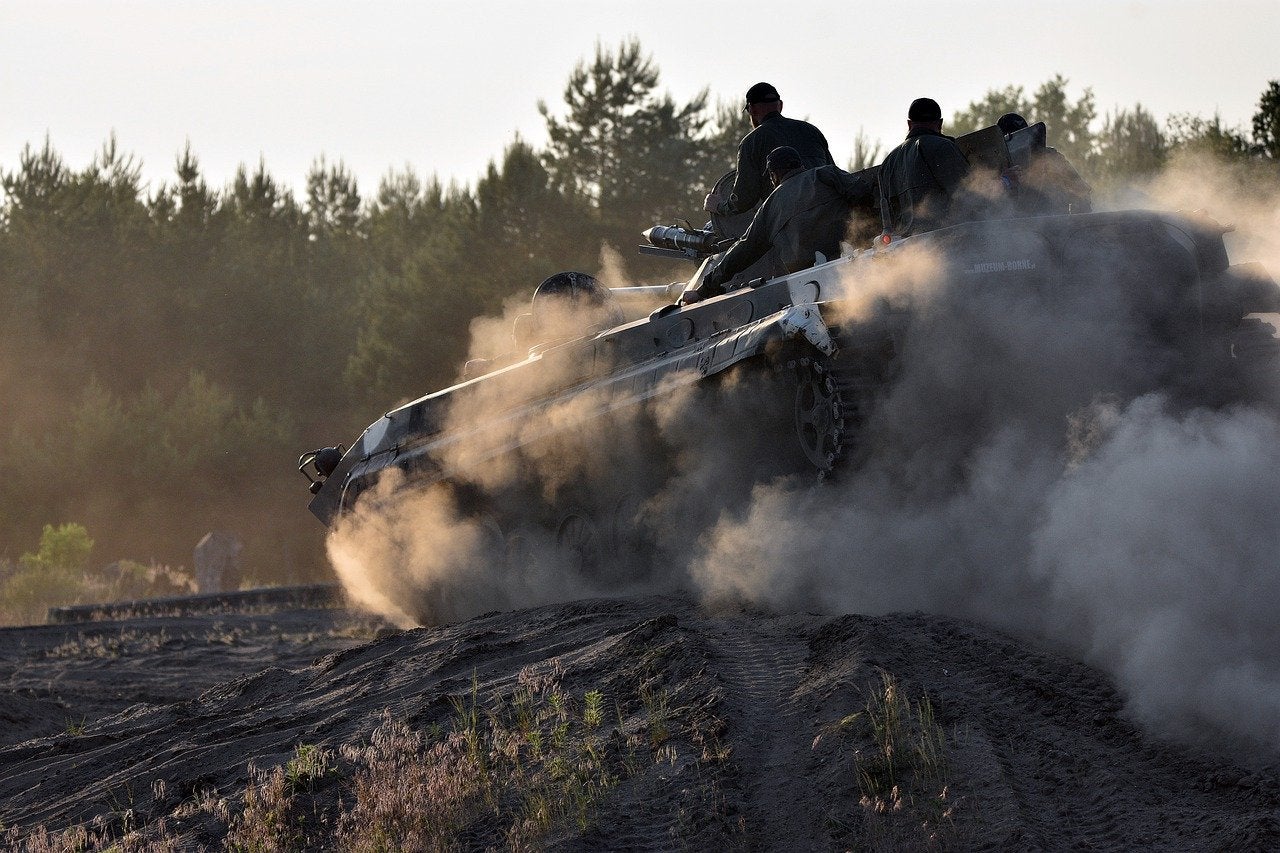
On 2 March 2022, 35 nations abstained from voting for the UN General Assembly resolution to condemn Russia’s invasion of Ukraine.
Nearly a fifth of global arms exports came from Russia between 2017 and 2021.
Data from the Stockholm International Peace Research Institute’s (SIPRI) Arms Transfers Database shows that 26 of these nations had known arms transfers of major conventional weapons with Russia between 2010 and 2021.
It’s important to note that SIPRI’s database does not cover the transfer of small arms and light weapons, which means military ties may be even greater.
Among these countries was China, a key ally of Russia, as well as Algeria and India.
While arms transfers between these countries may not be the direct reason for choosing to abstain, it does indicate that these countries have a degree of corporation with Russia.
States that are more dependent on Russian arms are likely to sit on the fence, but there are also “other driving factors, such as membership in the Collective Security Treaty Organization”, says Dr Richard Johnson senior lecturer in the politics of international relations at the University of Strathclyde.
SIPRI data reveals that there were 38 known transfers of military equipment from Russia to Algeria between 2010 and 2021. The country has had strong ties with Russia since the Soviet era and between 2017 and 2021, 81% of Algeria’s military imports came from Russia.
China also relied on Russia for 81% of its arms imports in the same time period. Between 2010 and 2021, there were 31 transfers of equipment from Russia to China.
However, of all the abstaining countries that had known ties with Russia, India reached the highest number of arms deals. It has long been a big receiver of Russian military equipment, and nearly half of all India’s arms imports came from Russia between 2017 and 2021.
India received 52 separate transfers of military equipment from Russia between 2010 and 2021, and it was the world’s largest importer of arms, accounting for 11% of all arms imports between 2017 and 2021.
India being such a large customer of Russia is not necessarily an approval of Moscow’s politics but largely because “India needs weapons and Russia supplies them without asking too many questions”, says Siemon T. Wezeman a senior researcher at SIPRI.
Forecasts from GlobalData reveal that its defence budget is set to increase by 20.4% between 2021 and 2025. This spending is largely down to India’s perceived threats from Pakistan, whose defence budget is set to increase by 47.6% between the same period, and its long-term ally China.




